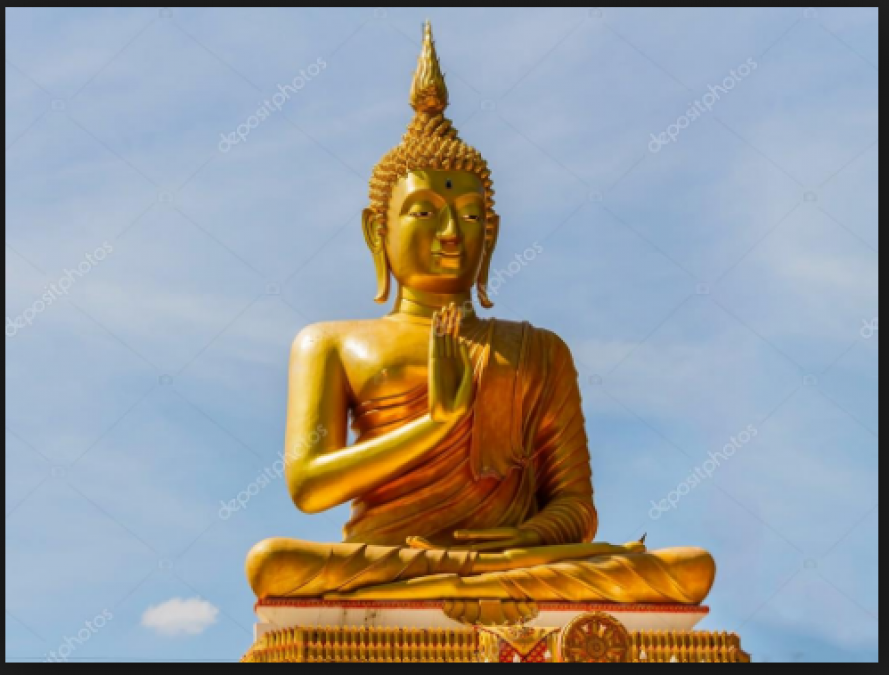
The future Buddha, Siddhartha Gautama, was born in the fifth or sixth century B.C. in Lumbini (in modern-day Nepal). Siddhartha is a Sanskrit name meaning "one who has accomplished a goal," and Gautama is a family name. His father, King Suddhodana, was the leader of a large clan called the Shakya (or Sakya). It's not clear from the earliest texts whether he was a hereditary king or more of a tribal chief. It is also possible that he was elected to this status.
Suddhodana married two sisters, Maya and Pajapati Gotami. They are said to have been princesses of another clan, the Koliya, from what is northern India today. Maya was the mother of Siddhartha, and he was her only child. She died shortly after his birth. Pajapati, who later became the first Buddhist nun, raised Siddhartha as her own. By all accounts, Prince Siddhartha and his family were of the Kshatriya caste of warriors and nobles. Among Siddhartha's more well-known relatives was his cousin Ananda, the son of his father's brother. Ananda would later become the Buddha's disciple and personal attendant. He would have been considerably younger than Siddhartha, however, and they didn't know each other as children.
also read The Quran: Know what taught about arrogance and racism
The Prophecy and a Young Marriage
When Prince Siddhartha was a few days old, it is said, a holy man prophesied over the prince. By some accounts, nine Brahman holy men made the prophecy. It was foretold that the boy would be either a great ruler or a great spiritual teacher. King Suddhodana preferred the first outcome and prepared his son accordingly.
He raised the boy in great luxury and shielded him from knowledge of religion and human suffering. At the age of 16, he was married to his cousin, Yasodhara, who was also 16. This was no doubt a marriage arranged by the families, as was customary at the time. Yasodhara was the daughter of a Koliya chief, and her mother was a sister to King Suddhodana. She was also a sister of Devadatta, who became a disciple of the Buddha and then, by some accounts, a dangerous rival.
The Four Passing Sights The prince reached the age of 29 with little experience of the world outside the walls of his opulent palaces. He was oblivious to the realities of sickness, old age, and death. One day, overcome with curiosity, Prince Siddhartha asked a charioteer to take him on a series of rides through the countryside. On these journeys he was shocked by the sight of an aged man, then a sick man, and then a corpse. The stark realities of old age, disease, and death seized and sickened the prince.
Finally, he saw a wandering ascetic. The charioteer explained that the ascetic was one who had renounced the world and sought release from the fear of death and suffering. These life-changing encounters would become known in Buddhism as the Four Passing Sights.
Siddhartha's Renunciation For a time the prince returned to palace life, but he took no pleasure in it. Even the news that his wife Yasodhara had given birth to a son did not please him. The child was called Rahula, which means "fetter." One night the prince wandered the palace alone. The luxuries that had once pleased him now seemed grotesque. Musicians and dancing girls had fallen asleep and were sprawled about, snoring and sputtering. Prince Siddhartha reflected on the old age, disease, and death that would overtake them all and turn their bodies to dust.
He realized then that he could no longer be content living the life of a prince. That very night he left the palace, shaved his head, and changed from his royal clothes into a beggar's robe. Renouncing all the luxury he had known, he began his quest for enlightenment.